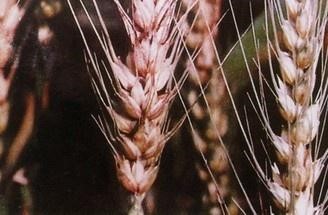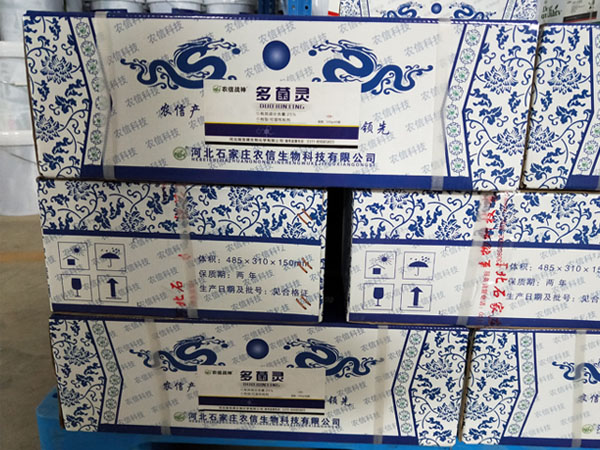Search Product
Search here for what you are looking for:
Search here for what you are looking for:

Treatment of Fusarium Head Blight
Fusarium head blight is a fungal disease that can infect various parts of wheat, but it mainly infects the ear in the middle and lower reaches of the Yangtze River. The symptom is spike rot. During the flowering to milky stage of wheat, the water droplets of the small spikes appear in the water-stained pale brown spots, which in turn extend to the whole ear. When the climate is humid, a pink gum mold layer appears at the base of the susceptible spikelets, and coal-like black particles are produced later. The red mold layer is the conidia and conidia of the pathogen, and the black particles are the ascospores of the pathogen.

The prevalence of Fusarium head blight is mainly due
to the degree of cooperation between the source of bacteria, host disease,
growth period and climate conditions, and determines the prevalence of
inter-annual and inter-regional epidemics. Generally, as long as the amount of
initial inoculation bacteria is large, the rainfall during the period of wheat
heading and flowering is high, the rainy days are high, the humidity is large,
and the disease can be popular. The longer the environment that is conducive to
disease, the heavier the disease. The low amount of bacteria and the drought
and lack of rain during the susceptibility period are the main factors that
restrict the epidemic. However, some wheat areas and individual years will also
have a particularly low temperature during wheat heading and flowering, which
is not suitable for disease. Therefore, temperature can also become the
dominant factor limiting the disease epidemic.
In order to develop a new compounding agent for the
control of wheat Fusarium head blight, researchers at the College of Plant
Protection of Nanjing Agricultural University and Zhenjiang Agricultural
Institute in the Hilly Region of Jiangsu Province used Helicobacter growth rate
method to determine carbendazim, triadimefon and prochloraz. ,
propofolazole and five kinds of mixture of prochloraz and prothioconazole
against the indoor virulence of carbendazim R-10, and carried out
field trials of wheat Fusarium head blight.
The results showed that carbendazim,
triadimefon, prochloraz, prothioconazole and prochloraz and prothioconazole
were 1:6, 1:3, 1:1, 3:1, 6:1. The EC50 values of R-10 were 1.4800, 13.8819,
0.0246, 0.0787, 0.0397, 0.0207, 0.0127, 0.0153, and 0.0141 μg/mL, respectively. The synergistic
coefficients of the five mixtures were 1.5088, 2.4541, 2.9528, 1.9412, 1.9362,
and there is a dose-effect negative correlation between the ratio difference
and the synergistic effect. In the field efficacy test of 1 year and 2 places,
40% prochloraz and prothioconazole wettable powder 750 g/hm2 were significantly
better than wheat prochloraz and prothioconazole alone. And 25% carbendazim-triazolone
wettable powder 2,250 g / hm2 of anti-effect, and safe for wheat growing, with
a good prospect.
